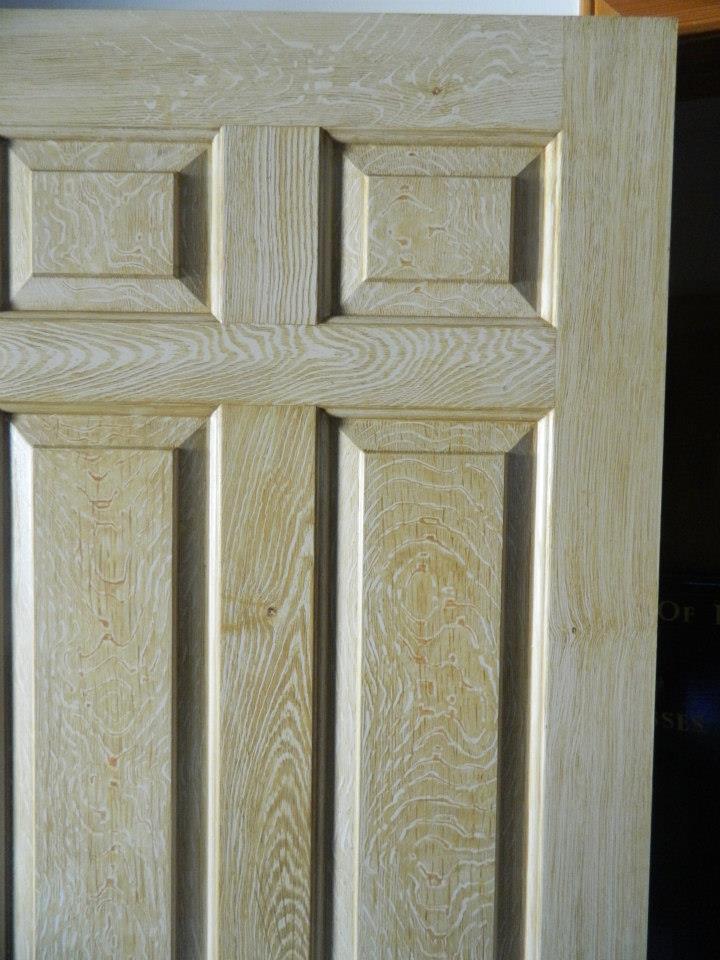Steve Maskery
Established Member
Whoa, Andy!
I think you have entirely the wrong idea of the sort of place in which I live!
Wainscotting like that would double the value of my house...
I think you have entirely the wrong idea of the sort of place in which I live!
Wainscotting like that would double the value of my house...


































